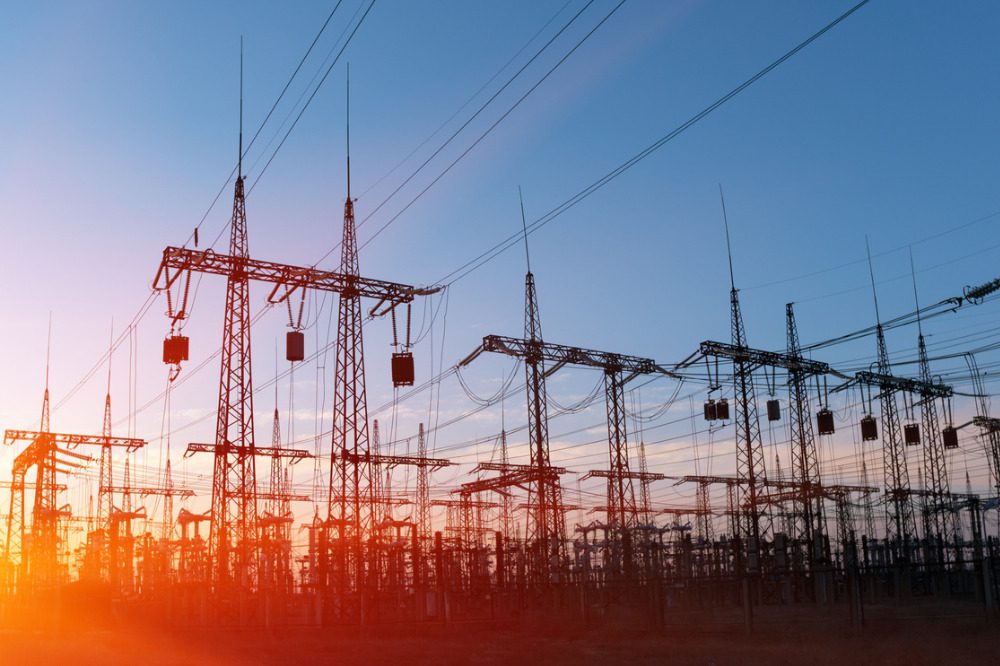Power sector facing new risk landscape – report

The power sector is facing an entirely new risk landscape brought about by the Russia-Ukraine war, global inflation, the energy transition and climate change, according to a new report from WTW.
As power insurance prices climb, risk managers must juggle these risks while also ensuring that they have determined current, correct, and sufficient asset and business interruption valuations in an environment of rampant global inflation – a scenario which some have never faced before, WTW said.
The report highlights these and other challenges for the power sector, which range from technological to geopolitical. Among the issues the report considers are:
Ways that modeling can support an industry facing challenges
Management of physical transition risks
The role of investors in the energy transition
Directors’ potential liabilities arising from climate change
The impact and management of geopolitical crises
The introduction of hydrogen as a fuel for gas turbines
The review also considers the current state of the insurance market for power risks, including:
Russian impact: Most power insurers have cut Russian exposures from their portfolios, and many have also reduced or eliminated cover for coal-fired plants and other risks deemed too carbon-heavy. This has introduced an increased appetite for other power risks, WTW said.
Capacity: Total global theoretical insurance capacity for power risks is approximately $3.5 billion in 2022, with the realistically deployable level around $1.5 billion, WTW said. For coal assets, that number falls to only $250 million – and is significantly lower for new coal risks.
Losses: The report found that the frequency of individual losses in excess of $1 million was trending upward, reaching a three-year high in 2021. Total loss costs are predicted to equal or exceed total premium income for power risks this year, with a dozen losses greater than $20 million already reported.
Rating levels: As a result of rising losses, rating increases anywhere from 2.5% to 20% can be expected in Q3 for all but a few risks with a clean loss record and all assets located in areas with low natural catastrophe risk, WTW said.
“In the first half of 2022, insurers continued to underwrite with caution, but the market is also showing a slightly greater appetite and easing restrictions for clean and good-quality business,” said Lyo Foo, head of power, natural resources Asia at WTW. “Standalone coal insurance placements continued to experience extreme challenges, with an increasing number of insurers restricted from participating in such placements regardless of risk quality or loss history. As a result, larger retentions and further rate increases are expected to persist. Insurers are realigning underwriting in support of revised ESG policies, further reducing capacity – in some cases earlier than anticipated. With demand for capacity exceeding supply, rates are often considerably higher than expiring policies.”
Large Asian economies are seeing a spike in demand for electricity, and the economic realities of the region mean that a significant reduction in coal consumption will be more challenging there than elsewhere, WTW reported. However, with climate change placing new pressure on the insurance market, there is a critical need for power companies to keep pace with insurers and accelerate their energy transition to ensure continuous coverage, the report found.





